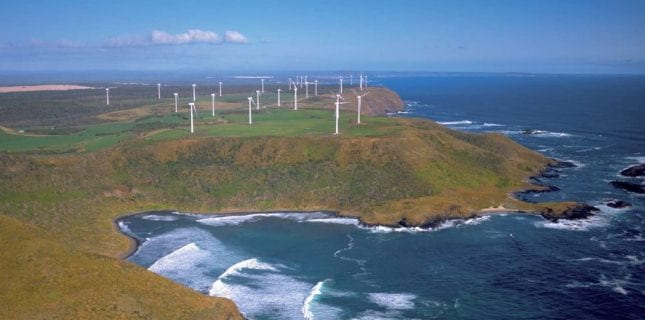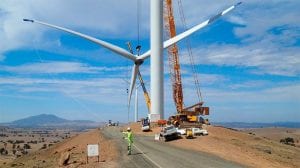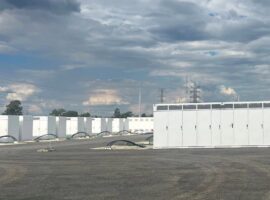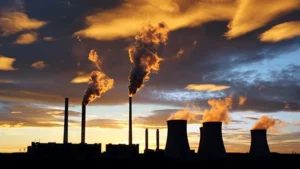Tasmania’s plans to become Australia’s “renewable energy battery” have been given a leg-up this week with the announcement of a new $300 million, 144MW wind farm to be built in the state’s central highlands, and hints of more to follow.
The 49-turbine Wild Cattle Hill wind farm will be built by wind farm developer Goldwind Australia, as part of an in-principle agreement with state-owned power retailer Aurora Energy that promises to boost the state’s wind power capacity by almost 50 per cent. It will boost the island state’s wind capacity by nearly 50 per cent.
In a joint statement, Aurora and Goldwind said that construction of the wind farm would begin in September, employing 150, while about 10 permanent staff would maintain the facility once fully operational in 2020.
Aurora Energy CEO Rebecca Kardos said the energy retailer was pleased to be partnering with a Tasmanian project of such significance.
“We strongly support the development of further renewable energy in Tasmania, and this project will help strengthen Tasmania’s energy security,” Kardos said.
The Tasmanian government also hailed the announcement, and suggested it would soon be followed by another major wind farm at Granville Harbour, on the state’s west coast.
“We have a tremendous opportunity to capitalise on the building momentum for more renewable energy generation and the Hodgman Government is seizing it,” said state energy minister Matthew Groom.
“I hope to have more to say shortly about an exciting proposal for Granville Harbour.”
It has been suggested that the increased wind generation, on top of existing wind farms in the north-east and north-west, will strengthen the case for a second power interconnector cable under Bass Strait, to allow exports of energy from the island interstate.
Interestingly, Goldwind said in comments last year that its Cattle Hill Wind Farm was “one project that (would) benefit from greater interconnectivity.”
“Whilst Cattle Hill is one of the most advanced projects in Tasmania,” the company said in June 2016, “independent analysis shows that many other Tasmanian projects could be realised with a second interconnector to the mainland.”
In comments on Wednesday, Goldwind Australia managing director Jonh Titchen said the company was “particularly excited to have reached this stage of the project given our long interest indeveloping a project of this nature in Tasmania.”
The China-based wind giant is currently also building the White Rock Wind Farm in the NSW New England region and last month bought the 530MW Stockyard Hill Wind Farm, in Victoria, in a record breaking deal off-take with Origin Energy.
And in the NSW Southern Tablelands, Goldwind is working on plans to add up to 12MW of solar power generation to its jointly owned Gullen Range wind farm.








